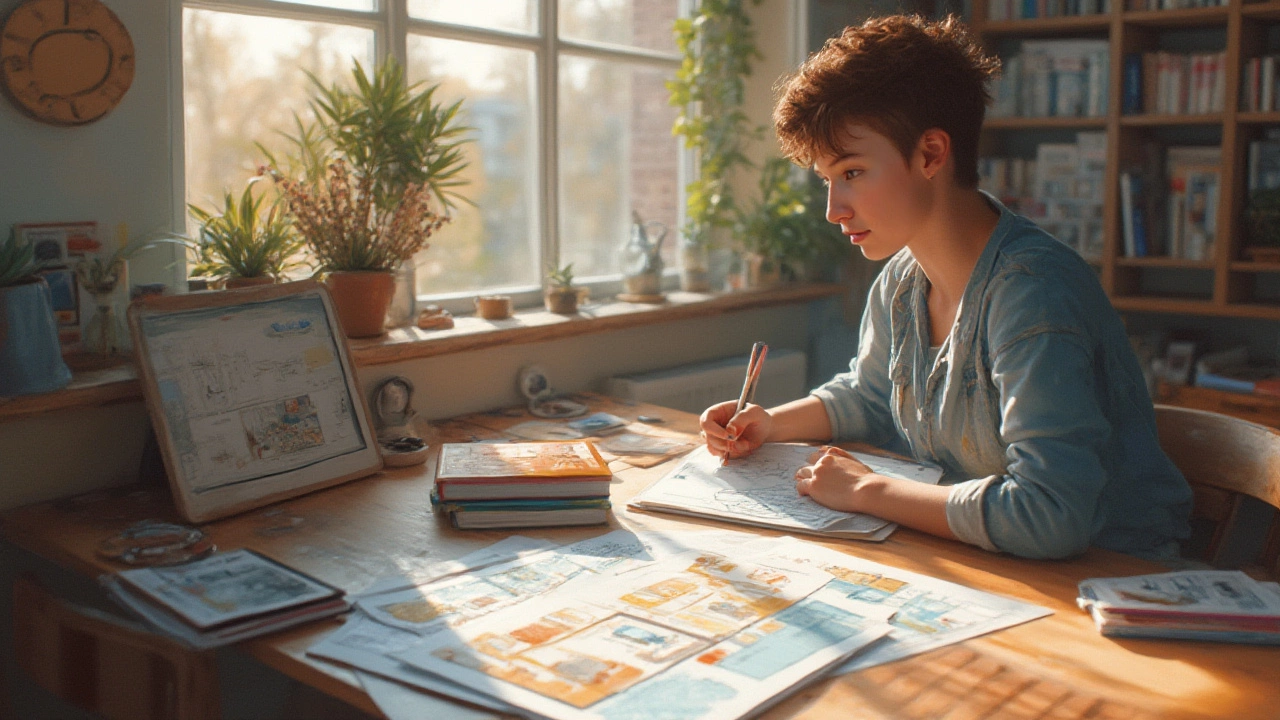Interior Design Training: Quick Tips to Level Up Your Skills
Want to look like a pro when you pick colours, arrange cushions or choose flooring? You don’t need years of schooling – just the right guidance. Below you’ll find straight‑forward advice and a handful of our most useful articles that act like a mini‑course for anyone who loves a stylish home.
Start with the Basics: Colour, Scale and Flow
First thing on any design checklist is colour harmony. Pick one dominant shade, a secondary tone and a pop colour for accessories. Use the 60‑30‑10 rule: 60% walls, 30% big furniture, 10% accents. Next, think about scale. A massive sofa with tiny side tables looks odd, just as a tiny lamp on a huge dining table feels off. Keep proportions consistent in each room and you’ll instantly create a balanced look.
Our post “Scatter Cushion Rules” breaks down how many pillows you need, what sizes work best and how to arrange them on sofas and beds. Follow the simple formulas there and you’ll never over‑crowd a couch again.
Practical Projects to Build Confidence
Apply what you learn with quick win projects. Start with storage – the article “Creative Storage Solutions” shows cheap shelves, hidden compartments and clever hacks that transform cluttered corners into tidy showcases. Try one tip a week and watch the difference.
Lighting can make or break a room. In “Lighting That Mimics Natural Light” you’ll discover daylight‑balanced bulbs and placement tricks that instantly brighten a space without costly renovations.
If you’re tackling a bathroom, the guide “Transforming a Boring Bathroom” offers three low‑budget upgrades: fresh paint on the vanity, new hardware and a stylish shower curtain. Each change costs under £100 but gives a big visual punch.
For larger projects, our “Small Bathroom Renovation Timeline” helps you plan each stage, from demolition to final fittings, so you avoid surprise delays and stay on budget.
All these posts act like bite‑size lessons. Read, pick one tip, try it, then move to the next. Within a month you’ll have a portfolio of small successes that build confidence for bigger design challenges.
Remember, interior design training isn’t about memorising theory – it’s about observing, testing and tweaking. Keep a notebook of colour swatches, take photos before and after each change, and you’ll spot patterns in what works for you.
Ready to dive deeper? Browse our tag page for more articles such as “Timeless Interior Styles,” “Modern Living Room Ideas,” and “Are Blinds Out of Style in 2024?” Each piece offers a focused lesson that fits into your DIY training schedule.
With these practical guides, you’ll move from guessing to knowing, and your home will start looking like a magazine spread without the hefty price tag.
How Many Years of College to Become an Interior Designer? Career Path and Education Guide
- Gavin Whitaker
- |
- |
- 0
Find out how many years of college you need to become an interior designer, which degrees matter, and other real-life ways to break into this creative job.
View more